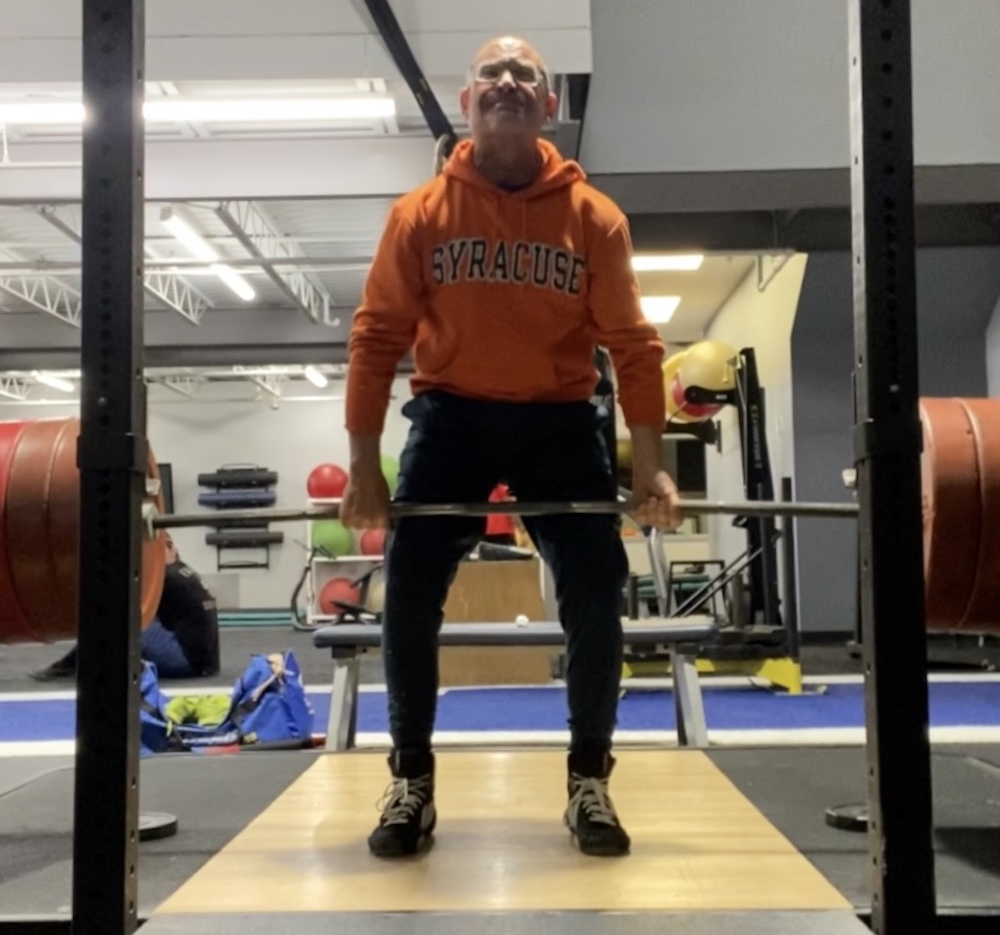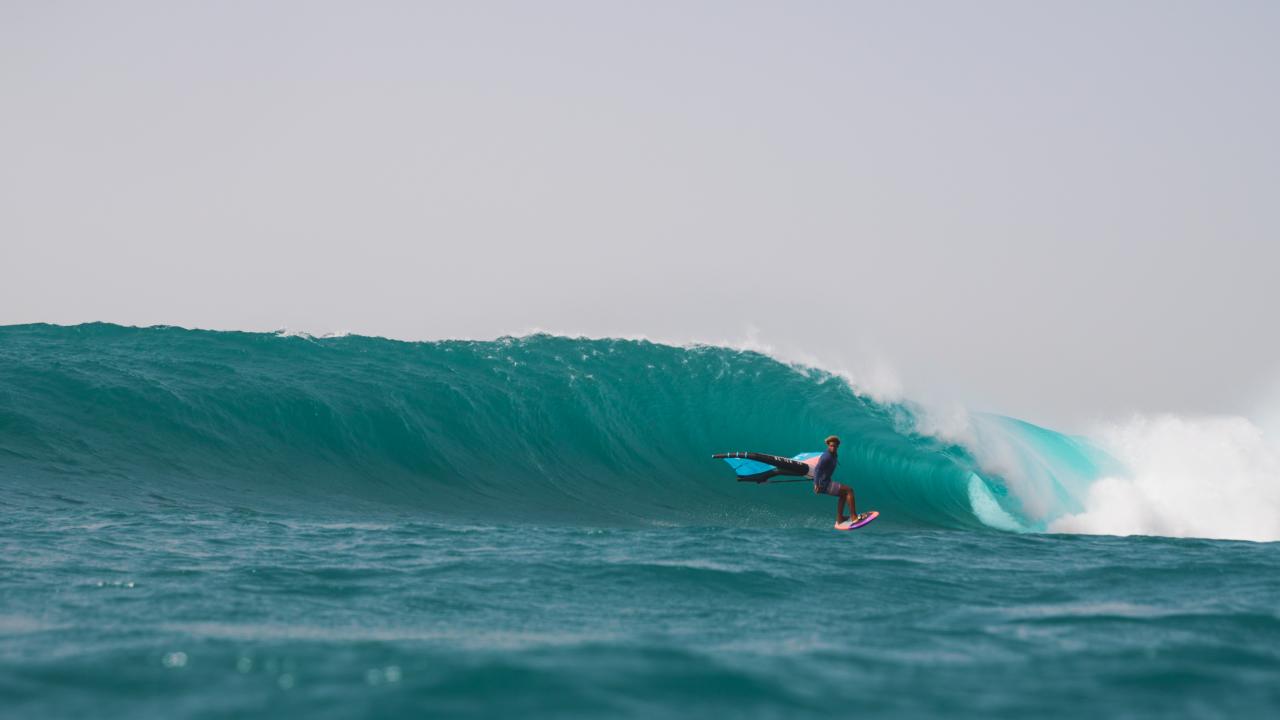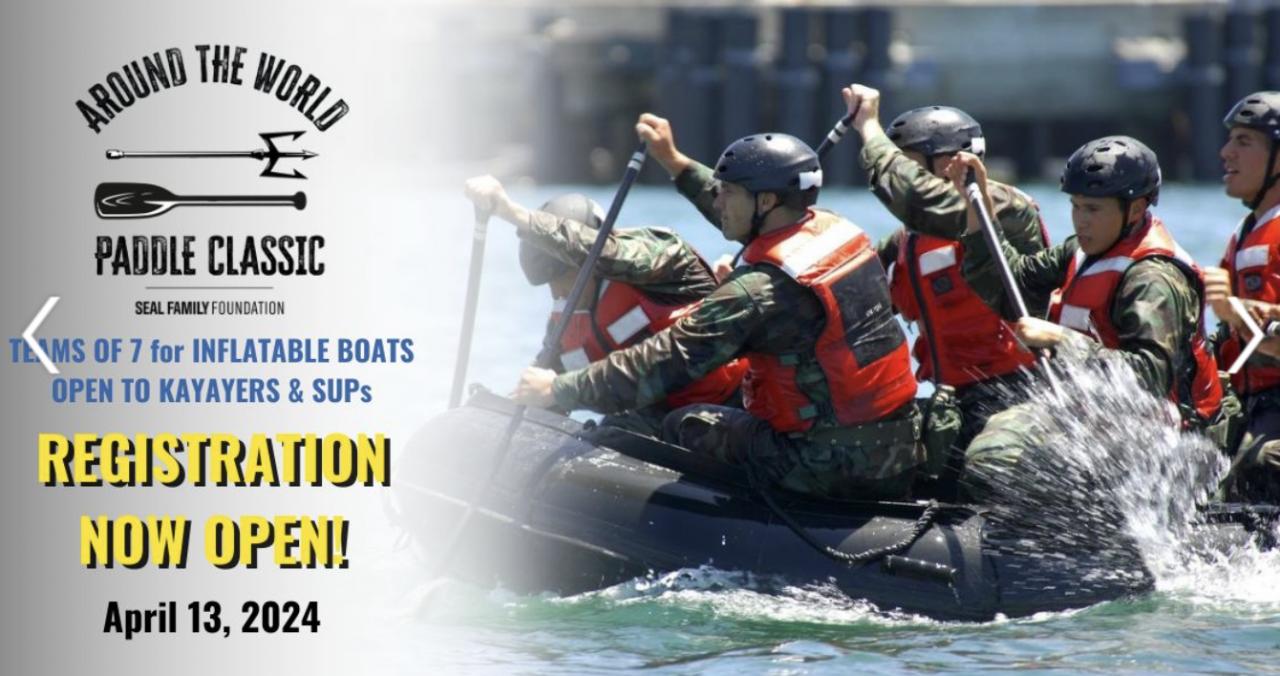Deadlifts! Perhaps that word makes you think of a sadistic CrossFit coach or a thick necked guy named Gunther, but deadlifts can be done by virtually anyone and the benefits to your paddling, foiling, winging, and surfing game will be noticeable!
What is exciting is that we don’t need to lift the equivalent of a medium sized farm animal to derive great gains from this exercise (Much to the gratification of the medium sized farm animals! Deadlifts, when done properly, can strengthen your entire posterior chain- which includes the back of your body from your neck all the way to your lower hamstrings.
Think about how much you utilize the muscles in your posterior chain and it’s clear that deadlifts should be an integral part of your training regimen. (Note: It makes Coach Jeff crazy when people refer to their exercise program as a regime: a regime is a manner or system of rule or government. A regimen is a course of exercise or other form of behavior designed to improve health. You’re welcome. And yes, I realize I referred to myself in the third person.
Now, let’s take a look at two different styles of deadlifts that can be performed and how they can benefit your water game.
Standard Deadlifts:
Standard deadlifts are the most commonly done form of deadlifts and with good reason. They are relatively easy to perform and hit several muscle groups including your back, trapezoids, abdominals, glutes, hamstrings, quads and hips. These are all the muscles that assist in paddling, foiling, winging, and other manner of water sports. As always, proper form is essential, as is choosing a proper weight to use. Keep in mind that deadlifts tend to be a lower rep exercise as they can quickly exhaust you. I would recommend starting with 2 sets of 6 reps. Then, as you get stronger, add weight or increase the number of reps; but, ideally, no more than 10 reps for each exercise..
How to Perform the Standard Deadlift:
Stand with your feet shoulder-width apart with the barbell placed in front of you. Broaden your chest and drop your hips back slightly.
Hinge at your hips to bend forward and take hold of the barbell with both hands about shoulder width apart.
Press your hips forward, press your feet firmly into the floor to come back into a standing position.
Keep the bar just below your hips, keeping your legs, back, and knees straight.
Return the barbell to the floor by hinging your hips back, bending your knees, and squatting down to place the bar on the floor.
Let the bar fully touch down and return to the starting position again before doing your next rep.
Romanian Deadlifts (RDL’s)
The Romanian Deadlift targets the hamstrings and glutes more than standard deadlifts. Those of you who participate in any SUP races, whether long and sprint lengths, know how much we rely upon those particular muscle groups! However, stronger glutes and hamstrings - as pointed out in past articles - can benefit aquatic athletes of all types. The Romanian Deadlift varies from the standard deadlift as the motion begins by holding the weight in the standing position rather than starting with it on the floor.
If you have a rack to use, it’s easy to take the weight off the rack to begin. If not, you’ll have to pick the weight up from the floor first and then begin the exercise.
How to Perform the RDL.
Use an overhand grip (both hands have palms facing up) to hold the bar at hip level. Draw the shoulders back and keep the spine straight.
Push your hips back as you slowly lower the bar toward your feet. Go as low as feels comfortable, -this may be mid-thigh or just below the knees for most people.
Press your hips forward to come into a standing position with the barbell in front of your thighs.
As with standard deadlifts, keep your repetitions relatively low to start. Again, I would recommend starting with 2 sets of 6 reps. Then as you get stronger, add weight or increase the number of reps; but ideally, no more than 10 reps. *Romanian deadlifts can be done with either dumbbells or kettlebells
Recovery Strategy: Acupuncture
Water athletes and enthusiasts of all levels are always on the lookout for ways to increase the efficacy of their recovery time. One of the oldest and most effective methods is through the method of acupuncture. Acupuncture is a form of Integrative Medicine that has been utilized for almost 3,000 years. Leading hospitals such as Massachusetts General Hospital, Memorial Sloan Kettering, and the Cleveland Clinic employ full-time acupuncturists as part of their medical teams. Melinda Ferreira, Doctor of Acupuncture on the Seacoast of New Hampshire and hardcore surfer/ waterperson, states that: “Acupuncture helps reduce pain and inflammation by releasing the body’s endogenous opiates including endorphins (the body’s natural pain killers and feel good hormones). Simultaneously, acupuncture helps balance the autonomic nervous system, which regulates the relationship between our “fight or flight” response, and our “rest and relax” response. This is why many people find acupuncture so relaxing and often feel amazingly even-keeled after treatment. It is an excellent modality on its own, or in addition to other therapies to keep the body and mind balanced and working at their optimal levels.”
Acupuncture can be used for a variety of conditions including pain, stress and anxiety, digestive disorders, infertility, men’s and women’s health issues, migraines and headaches, allergies, and neurological disorders.
Over the past several years, acupuncture has become increasingly popular amongst athletes as part of their comprehensive treatment plans, to accelerate recovery time from anything like injuries to osteoarthritis, post-operative recovery, as well as to reduce recovery time from intense training cycles and endurance athletic endeavors. Any water lover who is looking to boost recovery and derive a host of other benefits should definitely look into acupuncture as part of their holistic training/health/recovery regimen.
Nutrition: Crazy about Creatine
*For the purposes of this article I will be discussing Creatine Monohydrate
By now, many of you may have heard about the benefits of creatine. It is often associated with bodybuilders or powerlifters, as they were the first to utilize this supplement to increase strength. However, creatine can benefit all manner of athletes with both physical AND cognitive benefits.
Now, with over 2,000 research studies, creatine monohydrate has been proven to enhance power and strength amongst athletes. Creatine isn't a shortcut to results. If your training and nutrition aren't in order, the benefits won’t amount to much. But the research is clear that for athletes, this is one supplement that comes with a significant upside. Creatine has been proven again and again to increase strength, but contrary to what most people think, you don't have to be a strength or power athlete to reap the benefits of this remarkable supplement. Creatine has been shown to help endurance athletes store more glycogen to use during training or competition. It has also been shown to reduce overall inflammation and cell damage following lengthy, or
intense exercise. In simple terms, that means the benefits include less pain after a training session, and less time before you feel up to training again. The athletic benefits of this supplement may be even more pronounced in vegetarians. This is likely because vegetarians have lower amounts of stored muscle creatine in their bodies.
Recently, there have been numerous studies showing how creatine supplementation enhances measures of memory and cognitive performance in healthy individuals, especially older adults. This alone makes creatine worth looking into. Brains and brawn- it checks both boxes!
The recommended daily dosage of 5 grams can be blended into any smoothie or drink of choice. I blend mine with protein shakes and use the powdered form over the tablet supplementation.
Until next time, stay safe, stay strong and stay stoked!
Coach Jeff
Questions for Jeff? He can be reached at runfast728@yahoo.com







